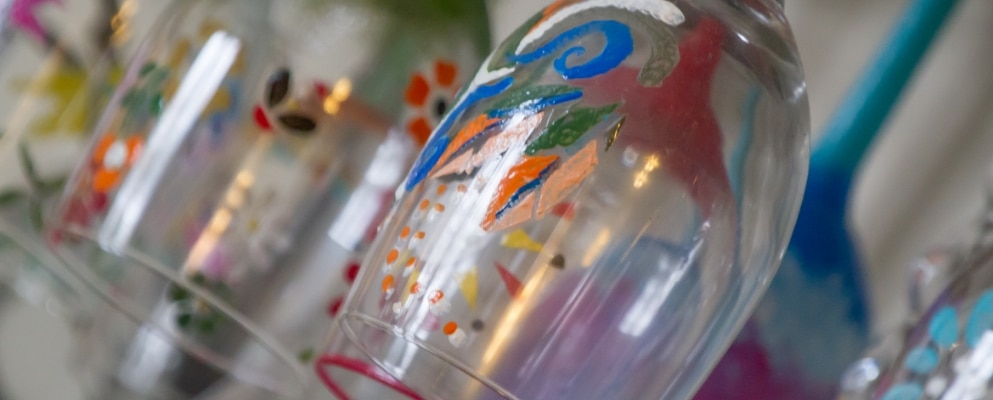How Is Rose Wine Made?
Rosé wine, also known as blush wine, is a style that sits between red and white wine. It’s made from red or black grape varieties, but it’s produced with a shorter skin contact period compared to red wine production.
The grape skins are in contact with the juice for a limited time, typically a few hours to a couple of days, allowing for a partial extraction of colour, flavours, and aromas. This shorter contact period gives rosé wine its characteristic pink hue, which can range from pale salmon to vibrant coral or even light red.
There are four fundamental methods for producing rosé wine:
In this article, we are going to go into detail about how each of these processes works and the wine they can produce.
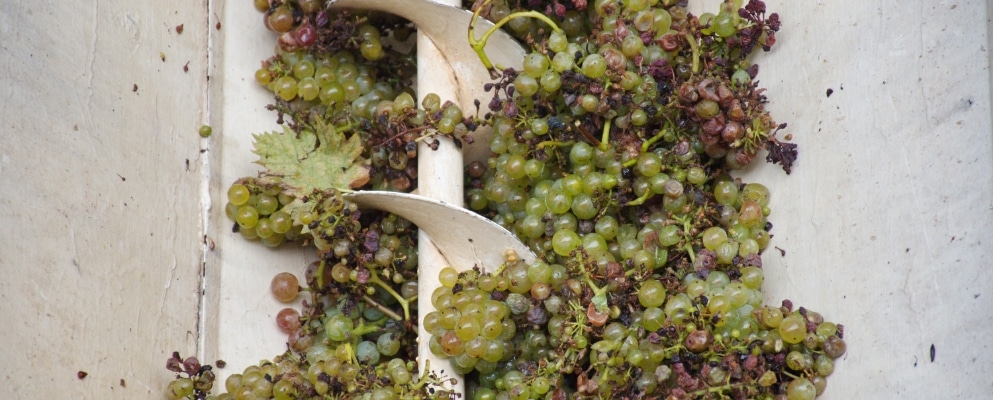
Direct Pressing
Direct pressing creates delicate and light-coloured rosé wines. It involves pressing red grapes shortly after they’re harvested, much like the process used in white wine production.
The grapes are crushed, and the juice is separated from the skins. The duration of skin contact is relatively short, typically only 2 hours, resulting in a pale pink hue.
After the desired colour is achieved, the juice is transferred to a separate fermentation vessel where it’s fermented with no further contact with the grape skins. This method preserves the wine’s fresh and fruity characteristics, with delicate floral and citrus notes. The resulting rosé wines are light-bodied, crisp, and refreshing.
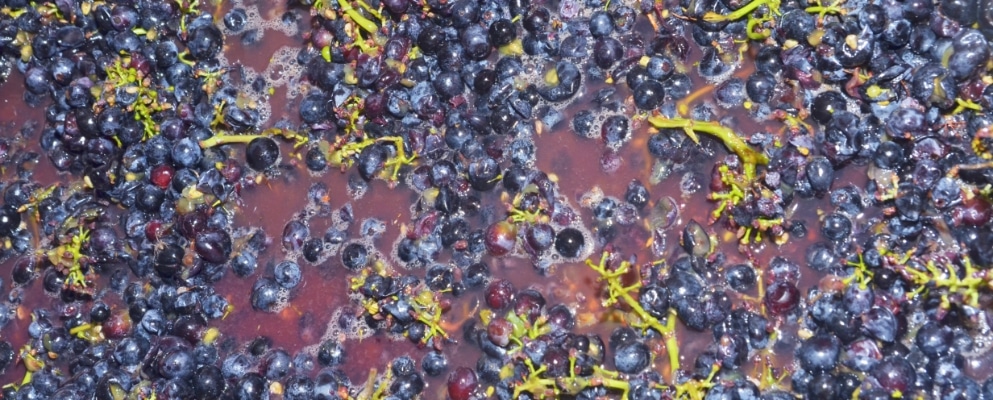
Maceration
The maceration process involves a slightly longer period of skin contact compared to direct pressing. After the grapes are harvested, they’re crushed to release the juice, and the resulting mixture of juice, skins, and seeds is left to macerate together. The duration of maceration varies depending on the grape type.
During maceration, the grape skins infuse the juice with additional colour. This longer contact time also allows for a deeper extraction of phenolic compounds (natural chemicals that are responsible for the bitterness and astringency in wine) from the skins, which contribute to the wine’s structure and complexity.
Once the wine is ready, the juice is separated from the skins and transferred to fermentation vessels. The fermentation process takes place without the grape solids, allowing the wine to develop its traditional rosé characteristics.
Some popular rosé wines produced using the maceration method include Provence rosés from France, such as Whispering Angel and Miraval. Other examples include Tavel rosé from the Rhône Valley, Sancerre rosé from the Loire Valley, and Rioja rosado from Spain.

Saignée Method
The saignée method, originating from the French word for “bleeding,” involves extracting a portion of juice from the fermentation tanks during the early stages of red wine production. This technique is primarily used to concentrate the red wine, while simultaneously obtaining rosé wine as a byproduct.
In this method, the grapes are crushed to release juice and are then transferred to fermentation tanks for red wine production. After a short time, a portion of the juice is “bled off” or separated from the tank. This juice is then fermented separately to create rosé wine.
By bleeding off a portion of the juice, winemakers increase the skin-to-juice ratio in the remaining tank, which intensifies the red wine’s colour, flavour, and tannin content.
The resulting rosé wines are more robust and concentrated compared to other rosé production methods. They often exhibit deeper pink or light red hues and include notes ranging from ripe fruits to red cherries and spices.
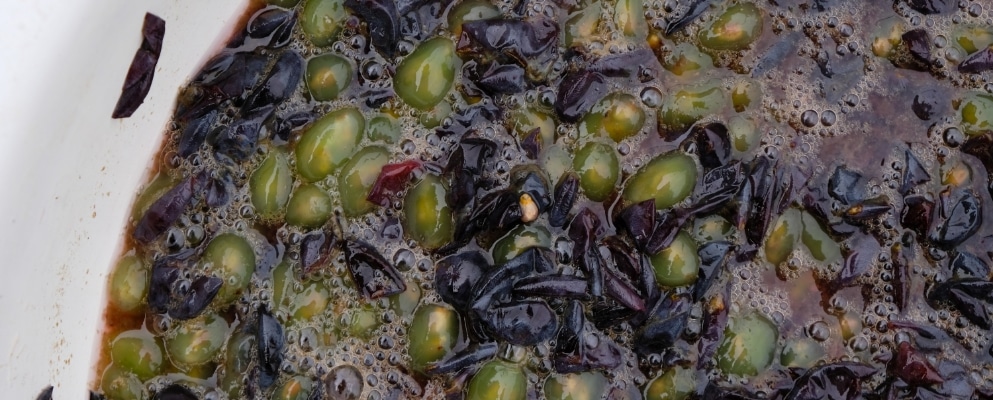
What Is the Optimal Sparkling Wine Storage Temperature?
The saignée method, originating from the French word for “bleeding,” involves extracting a portion of juice from the fermentation tanks during the early stages of red wine production. This technique is primarily used to concentrate the red wine, while simultaneously obtaining rosé wine as a byproduct.
In this method, the grapes are crushed to release juice and are then transferred to fermentation tanks for red wine production. After a short time, a portion of the juice is “bled off” or separated from the tank. This juice is then fermented separately to create rosé wine.
By bleeding off a portion of the juice, winemakers increase the skin-to-juice ratio in the remaining tank, which intensifies the red wine’s colour, flavour, and tannin content.
The resulting rosé wines are more robust and concentrated compared to other rosé production methods. They often exhibit deeper pink or light red hues and include notes ranging from ripe fruits to red cherries and spices.
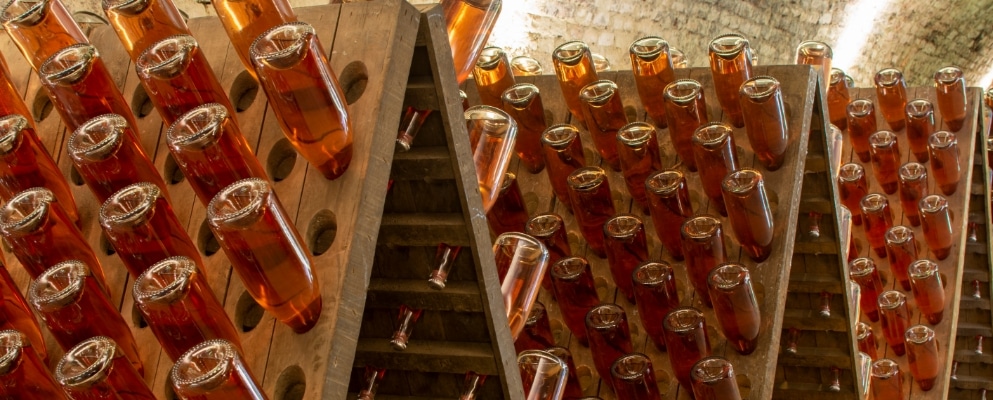
Blending
Blending is less common for quality rosé wines, but there are still a few superb wines made using this method. For example, Tavel from the Rhône Valley, France, which blends red and white grape varieties, and White Zinfandel from California, which is made by blending a small amount of Red Zinfandel with white wine.
In this approach, winemakers blend red and white wines together to achieve the desired colour, flavour, and aroma characteristics. Blending allows for precise control over the final product, as winemakers can combine wines made from different grape varieties or vintages to create a unique blend.
And just as the style of rosé sits between red and white wine, so does the ideal serving temperature. Rosé wine is best served chilled but not overly cold, like some white wines. The recommended serving temperature typically falls between 7°C and 13°C. Happy drinking!

